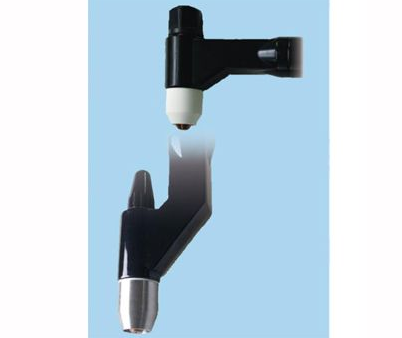Plasma cutting is a versatile and efficient method for cutting through various types of metal. Whether you're a beginner or looking to refine your skills, mastering the essentials of plasma cutting is essential for achieving precise and clean cuts. Here are five key elements to get you started on your plasma cutting journey:
Understanding Plasma Cutting
Before diving into the specifics, it's crucial to understand the basics of plasma cutting. Plasma cutting involves using a high-velocity jet of ionized gas (plasma) to melt and sever metal. The plasma is generated by passing an electric arc through a gas such as compressed air, nitrogen, or oxygen.
1. Plasma Cutter
The heart of any plasma cutting setup is the plasma cutter itself. This machine generates the plasma arc and controls the cutting process. When selecting a plasma cutter, consider factors such as cutting capacity, power source, and portability. Choose a cutter that aligns with the thickness and type of metal you'll be cutting most frequently.
2. Compressed Air Supply
Compressed air is the most common gas used for plasma cutting due to its affordability and accessibility. Ensure that your plasma cutter is compatible with compressed air and invest in a reliable air compressor capable of delivering the necessary pressure and volume for efficient cutting.

Plasma Arc Welding Torch
3. Safety Gear
Safety should always be a top priority when working with plasma cutters. Invest in appropriate safety gear to protect yourself from potential hazards, including:
Protective eyewear with a shade rating suitable for plasma cutting
Flame-resistant clothing, such as a welding jacket and gloves
Hearing protection to guard against noise generated by the cutter
Respiratory protection to filter out fumes and airborne particles
4. Workpiece Setup
Proper workpiece setup is crucial for achieving accurate and clean cuts. Ensure that the metal you're cutting is securely positioned and free from any obstructions that could interfere with the cutting process. Use clamps or magnets to hold the workpiece in place and maintain a consistent cutting distance between the torch and the metal surface.
5. Technique and Control
Mastering the technique of plasma cutting requires practice and patience. Pay attention to factors such as cutting speed, torch angle, and travel direction to achieve optimal results. Start with scrap metal or practice pieces to hone your skills before tackling more complex projects. Experiment with different cutting speeds and torch angles to find the settings that work best for the type and thickness of metal you're cutting.
Conclusion
By mastering these five essentials of plasma cutting, you'll be well-equipped to embark on your cutting projects with confidence and precision. Remember to prioritize safety at all times and continue refining your skills through practice and experimentation. With dedication and perseverance, you'll soon become proficient in the art of plasma cutting.






